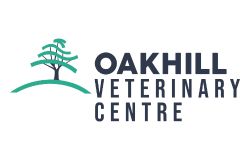Certain large and giant breed dogs over the age of 3 are at an increased risk of developing DCM (Dilated Cardiomyopathy).
If you have one of the predisposed breeds* over 3 years old, currently not on heart medication/treatment, we would like to invite you to bring your dog/s to the practice to discuss a new screening programme for a type of heart disease called Dilated Cardiomyopathy (DCM).
*Predisposed breeds include Boxers, Dobermans, Newfoundlands, German Shepherds, St Bernards, Great Danes, Bernese Mountain Dogs, Dalmations, Deerhound, Dogue de Bordeaux, Leonberger, Rottweiler, St. Bernard.
There are two phases to DCM; firstly a long silent phase, in which the heart has the disease and is slowly deteriorating but there are no outward signs of a problem yet. Dogs in this first phase appear outwardly healthy and happy. The second phase is a shorter overt phase where the heart can no longer cope and starts to fail. At this point outward signs of the disease start to be seen.
As dogs in the first phase of the disease appear outwardly normal it is incredibly difficult to identify which dogs have a problem. We can only diagnose dogs in this phase if we perform specific screening tests to assess the heart.
A simple screening programme is now available; which involves us checking your dog/s and performing a FREE heart blood test. This blood test measures the levels of a substance called pro-BNP, which is released into the blood stream when the heart muscle stretches excessively, such as in dogs with DCM.
If your dog returns an abnormal blood test result, one of our vets will discuss next steps with you, which could involve a non-painful, non-invasive ultrasound scan of the heart.
Offer ends 30th June 2017
Please click here for the information leaflet on DCM.

